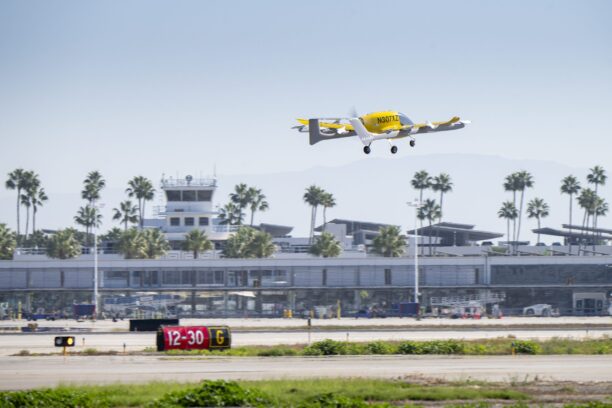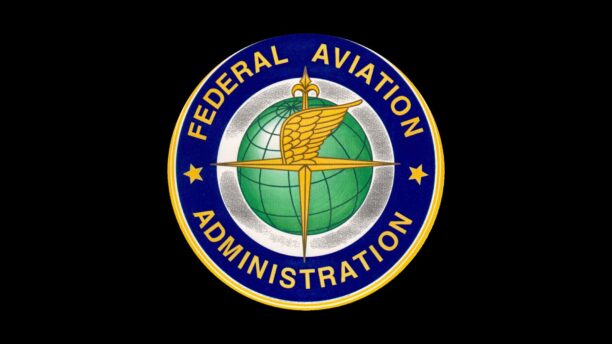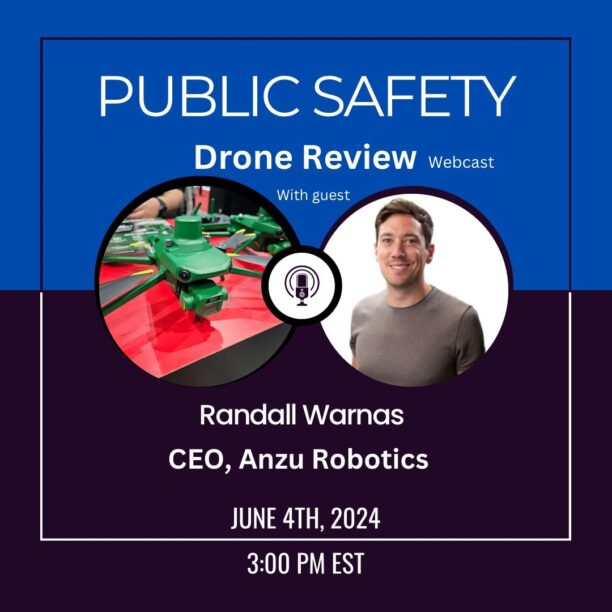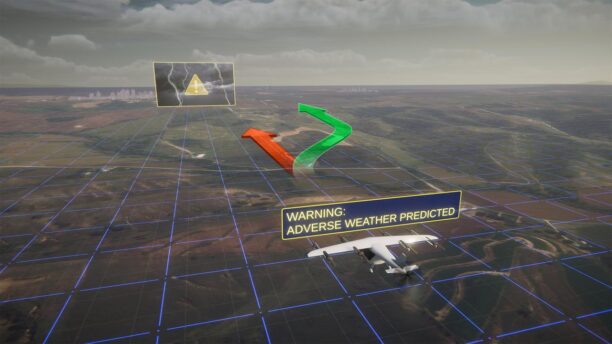
Wisk believes that they are building the very first certified autonomous air taxi. It’s a huge milestone for the AAM industry: the majority of passenger eVTOL players plan to launch first with a piloted model. But Dalton says that Wisk is focused on addressing both of the dominant trends in aviation: sustainability and automation.
“Not only do we believe that there are safety benefits to be gained from autonomy, but for air mobility to scale, we need to take advantage of not having the pilot, aircraft, and passenger all on board,” he points out.
What the First Wisk Rides Will Feel Like
Wisk is designed (and priced) to be a commuter type aircraft: like taking an Uber when you need to get ther a bit faster. Most flights will be 20-30 minutes long, and the system fits in to existing helipads and heliports. “We believe that air taxis and air mobility really need to be accessible to everyone,” says Dalton. That means delivering a vehicle that is not only handicapped accessible and affordable, but also familiar and comfortable for passengers.
“We need to build out the physical and digital experience to make people feel safe and trust the aircraft,” says Dalton, explaining that the company aims to make customers feel a natural transition from cars to air taxis. The customer journey has been carefully engineered from start to finish: Wisk has a luxury automotive feel inside – but with all of the safety features of aircraft. The digital experience includes showing the customer where the aircraft is going: when onboard, the passenger can view the route, to provide confidence and comfort as they are able to anticipate any turns.
Where’s the Pilot?
Wisk’s Generation 6 aircraft is anticipated to be the first FAA-certified commercial autonomous passenger aircraft. Instead of a pilot on board, the system is designed to have a human supervisor on the ground. Dalton explains that the three responsibilities of a pilot – avigate, navigate, and communicate – are all met: the aircraft aviates through sophisticated systems, many of which already exist on traditional manned aircraft, while the supervisor navigates – establishing the intent of the route – and communicates. The Wisk system will also have an on-ground hospitality host to deal with any customer issues.
“Autonomy is now,” said Dalton. “We’re not waiting for the technology to exist, and we’re not waiting for the rules to exist.”
Key technologies, and the UAM Ecosystem
There are several key technologies that contribute to Wisk’s 6th generation aircraft. Conflict detection and resolution, airborne communications, avionics hardware and software, electric motors, and energy storage are all part of the equation. Additionally, the ecosystem requires robust systems of command and control, vertiports and infrastructure, detect and avoid (DAA) and landing hazard avoidance (LHA) systems, and digital services. Standards and development of routes and regulations are also needed to see UAM deployed at scale.
Safety is paramount: and noise is also important, so that the aircraft can function in urban centers. By testing in both simulation enviroments and the real world – sometimes taking sensors and putting them on already certified surrogate aircraft in order to prove their capabilities – Wisk has been able to develop the technologies required, including their proprietary electric propulsion systems.
“Electric aircraft will benefit all of aviation, and autonomy also benefits all of aviation,” says Dalton, pointing out that the sensors developed for autonomous aircraft may be utilized on larger aircraft to make them safer and provide better terrain awareness.
What’s next?
As the company works to pioneer a pathway to certification of autonomy, they are also working on the concepts that will help the urban air mobility industry move forward. These include global coordination on AAM and autonomy, safe airspace integration, and the modernization of air traffic control systems. Industry and regulators are collaborating on the evolution of flight rules to accommodate new aircraft. To be ready for deployment, Wisk is also working to develop the heliport and vertiport insfrastructure they’ll need to scale.
“There’s no shortage of things to do at Wisk,” jokes Dalton.
More information can be found in the Concept of Operations for Uncrewed Air Mobility.


